Almost "quit" the profession because of failure
Born in a poor village, Nguyen Quoc Vuong's dream of getting rich was nurtured since his school days. After graduating from college with a degree in Electricity, Vuong did not pursue his chosen career but returned to his hometown with his father to open a farm raising commercial chickens and breeding chickens. This model brings high economic efficiency but high risk, so he decided to learn about other livestock to get rich. By chance, he saw on TV an introduction to the model of raising civets with low cost, easy care but high economic efficiency, so Vuong was determined to learn and implement it.
In 2018, with the initial capital, he went to the South to buy 5 pairs of civets to test-raise. Thanks to his previous research and learning of how to raise them, the initial civet farming model was quite favorable, the civets reproduced and developed very well. In 2021, his civet herd multiplied to nearly 70 animals.
The mink cage area must be kept clean and hygienic. |
However, because he was impatient to increase the number of herds, Mr. Vuong bought cheap, floating sources of breeding stock, even bought wild ferrets to domesticate. Therefore, at the end of 2021, after buying a pair of breeding ferrets of unknown origin, his family's ferrets were infected with disease, almost all died, causing a loss of about 500 million VND.
Mr. Vuong shared: “At that time, I thought I would quit the job because I had no more capital, but luckily, thanks to a friend introducing me to a veterinarian who specializes in treating civets, I was able to save the remaining 10. From these civets, he patiently raised a herd. By 2024, the total herd of civets had increased to 150, and his family had sold 70, earning nearly 500 million VND after deducting expenses. Currently, Mr. Vuong's family is maintaining 40 female breeding civets, 10 male civets, and 30 reserve and commercial civets.
In particular, after many years of raising, not only has he grasped the characteristics, eating habits, reproduction, and living environment of civets in the harsh climate of Quang Binh, Mr. Vuong also knows how to effectively prevent common diseases in civets... Many people in the district have come to get civets to raise and have been advised and instructed by him on how to raise and prevent diseases carefully, so most of the models have been successful.
New model, high efficiency
According to Mr. Vuong, raising civets is easy and leisurely if you know how, because they eat very little food, only 2 meals a day, the main foods are: fish porridge, bananas, ripe jackfruit..., the cost of food per day is 3,000 VND/cive. However, if raising civets for breeding, when feeding, you must balance the dosage for each civet, limit the civet from getting too fat, because fat civets will have more difficulty reproducing than those of the right weight. In addition, with the characteristic of being shy, sleeping during the day and eating at night, the cage must be quiet, avoid noise, always clean, and regularly disinfected to limit disease...
Mr. Nguyen Quoc Vuong's civet farming model brings high economic efficiency. |
After 12-14 months of raising, civets begin to reproduce. During this time, breeders must recognize the signs of heat in females to allow them to mate; when pregnant, breeding civets must be supplemented with adequate nutrients to avoid the mother civet eating her young when she is malnourished. Each year, civets usually give birth to 2 litters, each litter has about 3-4 civets. After 4 months, breeding civets can be sold (weighing about 1.5kg), each pair of breeding civets costs an average of 10-12 million VND.
According to the recommendations of the Provincial Department of Animal Husbandry and Veterinary Medicine, the civet farming model brings high economic efficiency. However, for the model to develop sustainably, in addition to understanding the characteristics and farming processes, people need to carefully study market demand to have appropriate investment directions; during the farming process, it is necessary to keep a logbook, periodically report and be subject to strict inspection and supervision by the authorities. |
According to Mr. Vuong, the most important criterion for raising civets is the breed. You should not buy breeds from unknown sources because the quality of the breeds will not be high. While raising civets, you should not let them come into contact with wild civets. The breeders themselves should not go to other farms because they can spread diseases.
Civets are rare wild animals that are gradually decreasing in the natural environment. Therefore, currently, the authorities are encouraging people to raise civets for economic development. Currently, on the market, civet meat costs about 1.4 million VND/kg, a fairly high price, but Mr. Vuong's farm still does not have enough commercial civets to supply the market.
Vice Chairman of Quang Luu Commune People's Committee Nguyen Tuan Anh shared that Mr. Vuong's civet farming model is a new model, with high economic efficiency. In the coming time, when funding is available, the locality will organize training to share experiences for members of the Farmers' Association to replicate the model.
Thanh Hoa
Source: https://baoquangbinh.vn/kinh-te/202504/hieu-qua-tu-mo-hinh-nuoi-chon-huong-2225375/


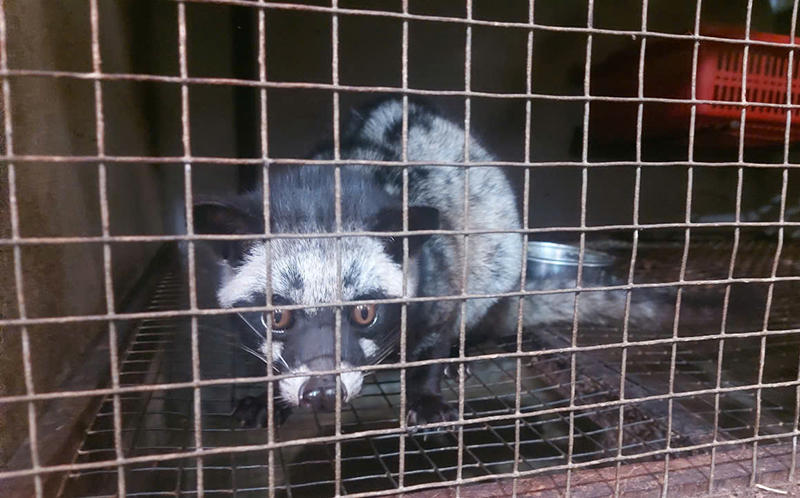
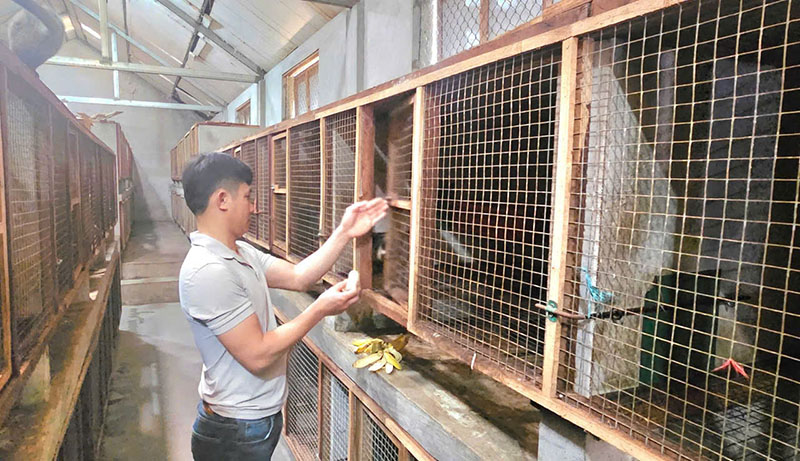
![[Photo] Visiting Cu Chi Tunnels - a heroic underground feat](https://vstatic.vietnam.vn/vietnam/resource/IMAGE/2025/4/8/06cb489403514b878768dd7262daba0b)







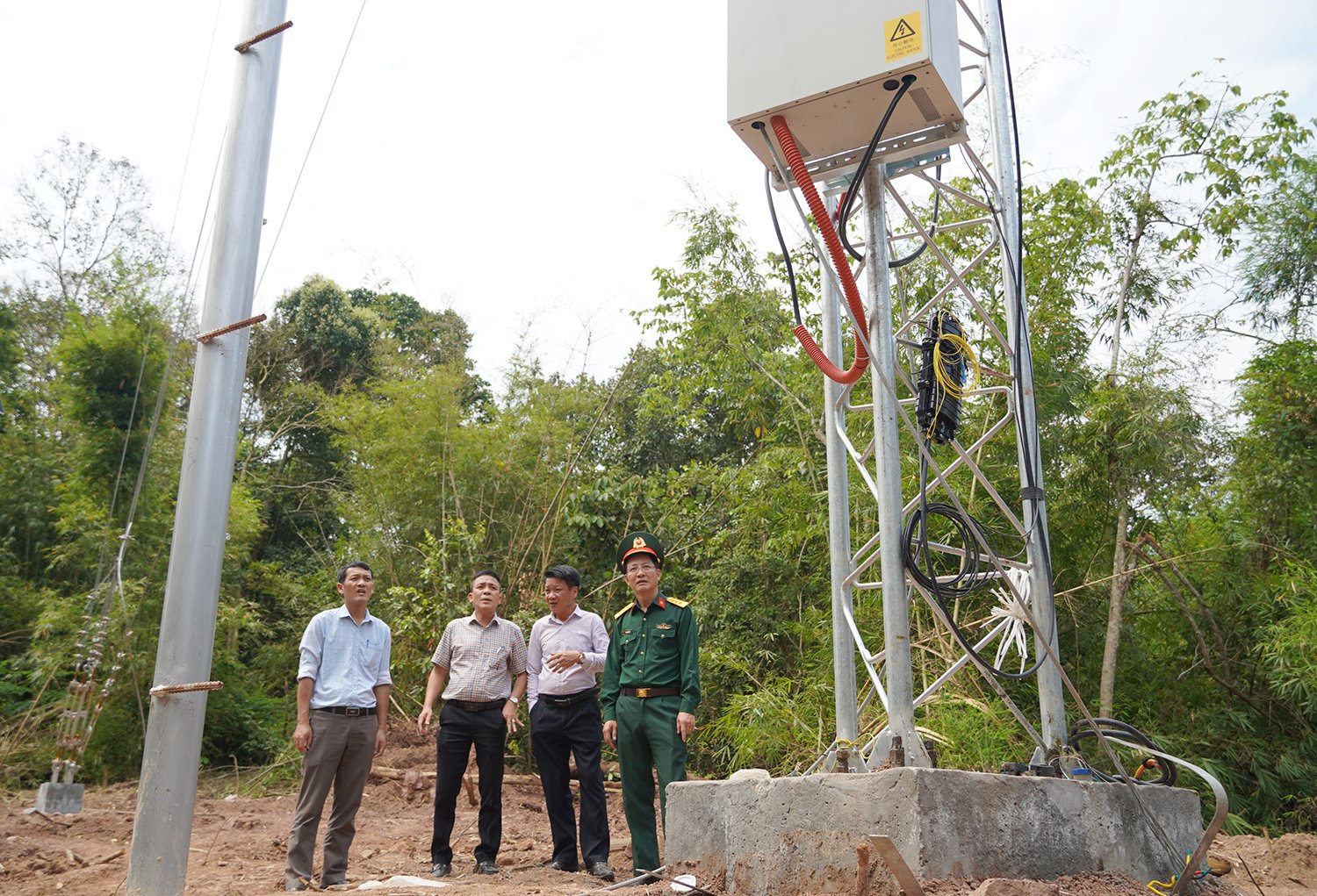








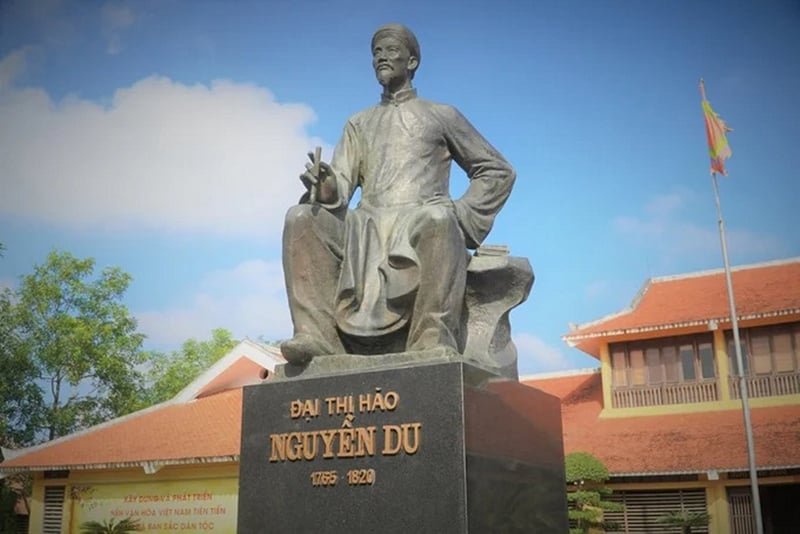

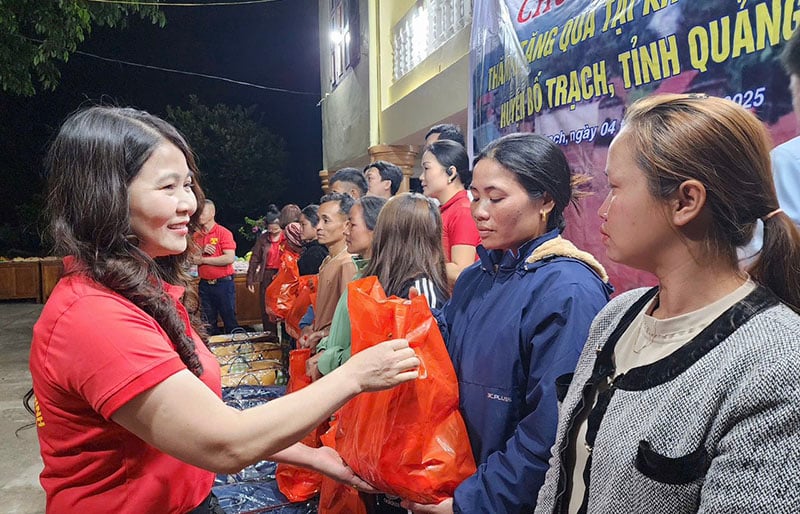
















































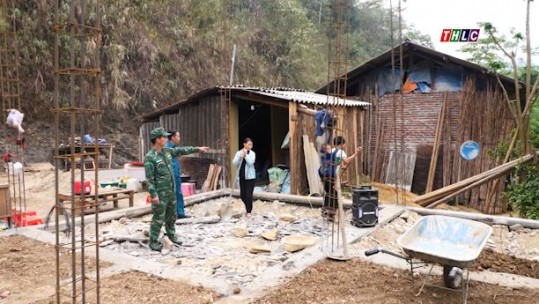



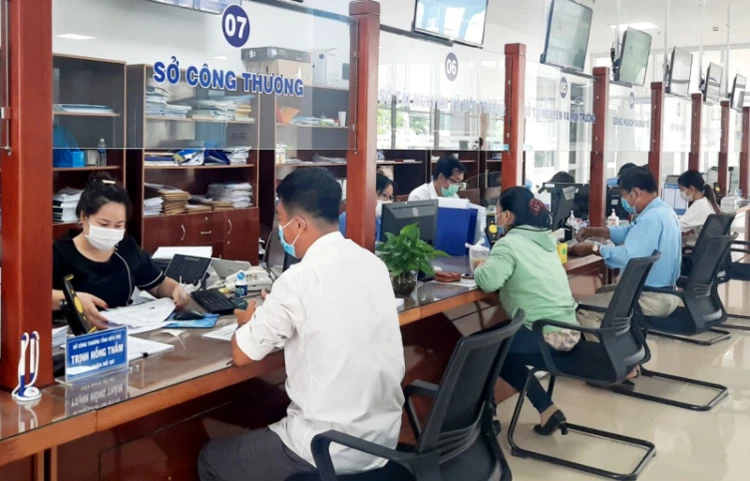
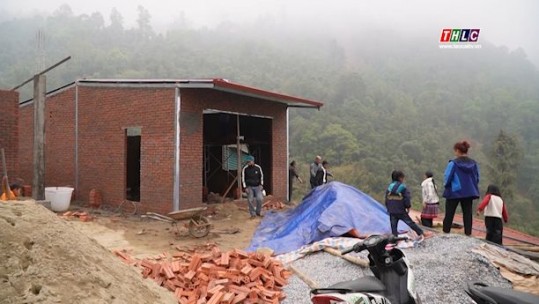










Comment (0)